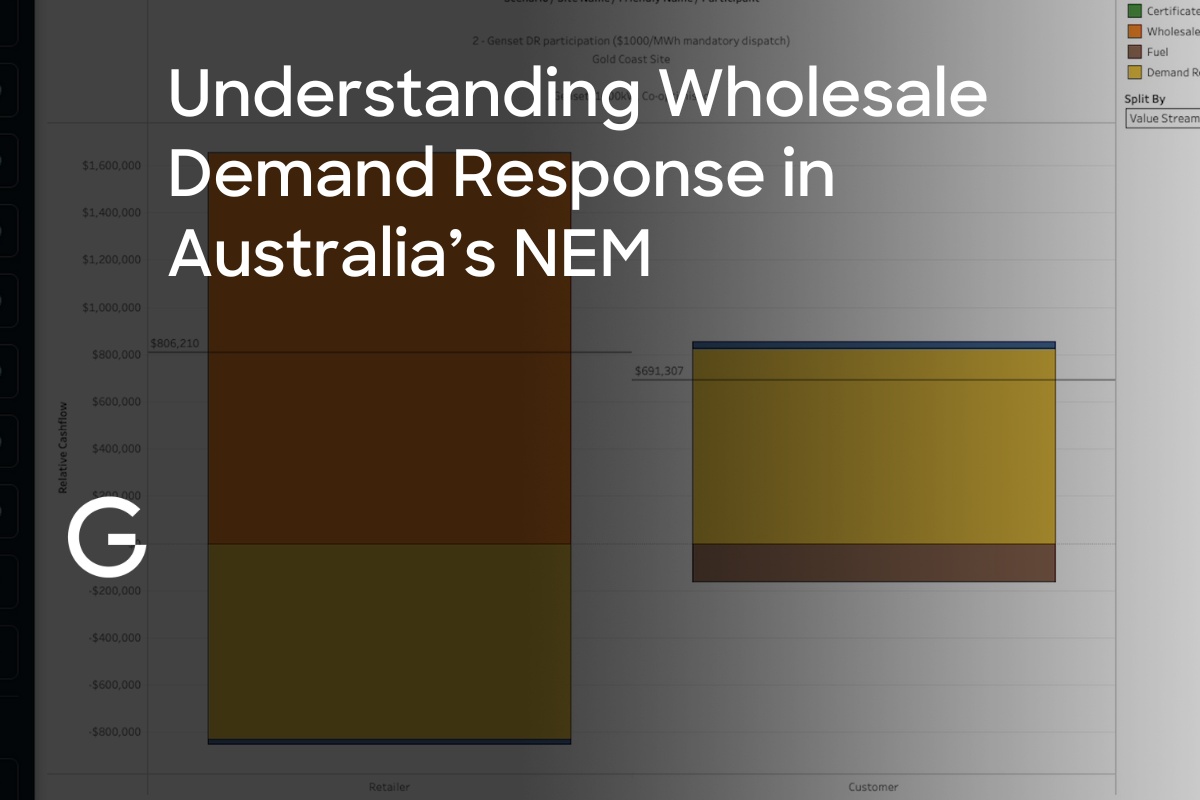Battery Storage in a NEM with no Spot market

The National Electricity Market (NEM) in Australia is in disarray this week. What does this mean for Battery Storage?
The situation started when extreme events in the NEM lead to prices being capped at $300/MWh in all NEM mainland regions on Monday 13 June.
This led to a situation where the price earned by some generators is lower than their fuel costs (primarily open cycle gas turbines).
Under this administered pricing framework generators can apply for compensation based on their net loss due to direct costs and/or opportunity costs. This framework was last updated in 2016 and is designed for precisely the situation we’re in now – encouraging generators to continue supplying power during challenging periods and ensuring that they’re fairly compensated.
So, what happens with a battery?
Australia’s first “big battery” began operating in 2017 and half a dozen more have joined it since. A battery doesn’t have direct costs, so how does it argue the case for opportunity costs? A battery doesn’t generate energy, it shifts energy around from low-cost to high-cost intervals, but there isn’t a spread under administered pricing.
The situation broke down further, today, on Wednesday 15 June when AEMO suspended the entire market, a move not seen since the Y2K bug jitters.
Under this regime prices are fixed by AEMO based on the preceding month and the ability to claim opportunity costs are effectively nullified.
Thankfully for the batteries, they can provide other services, and frequency control (FCAS) revenues are very healthy at the moment!







